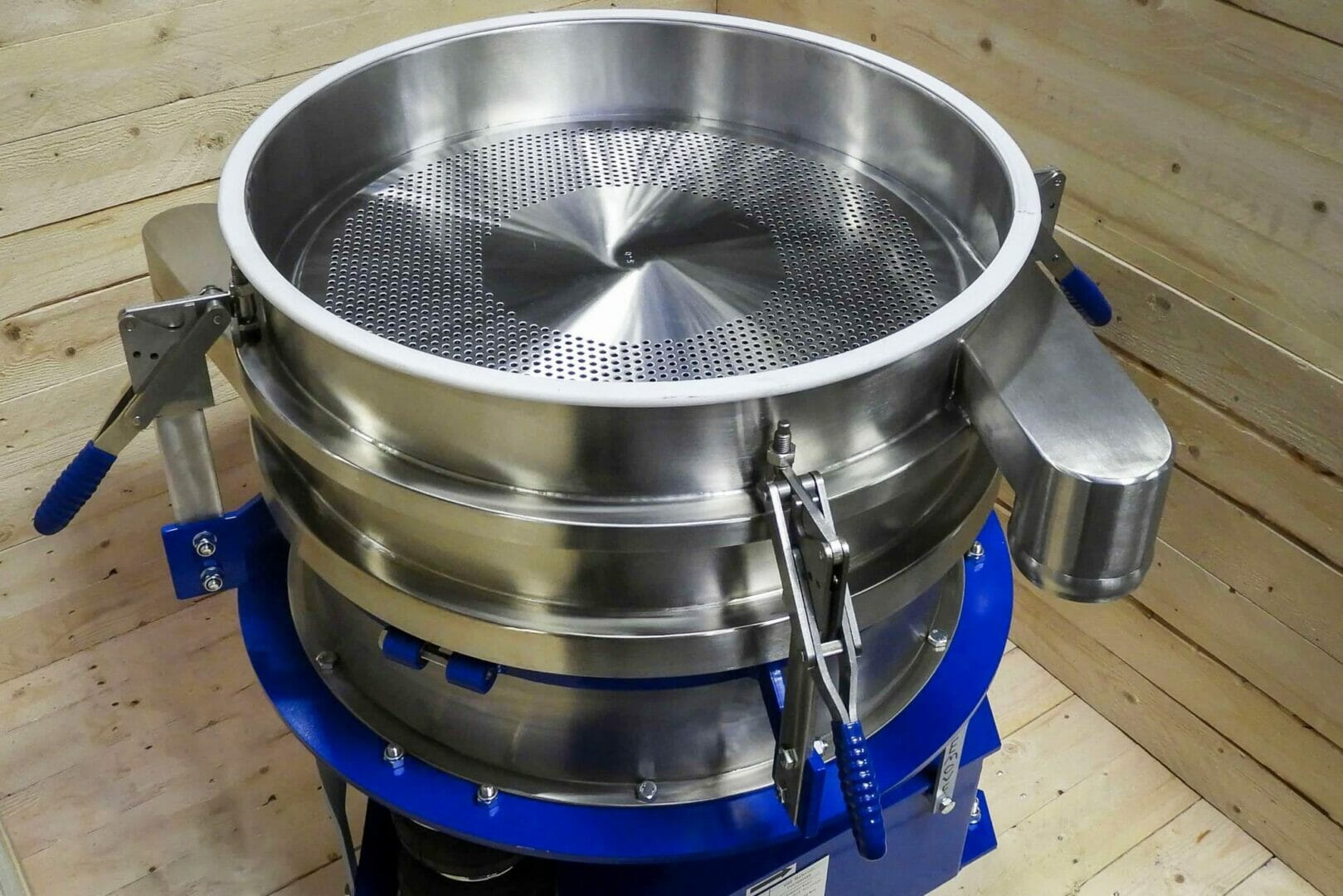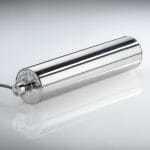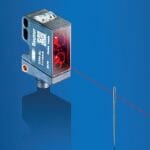The technology of sieves dates back to Ancient Egypt. Understandably, sieving equipment has diversified and developed significantly since then and there are now numerous technologies available for filtering and sorting product. Here, Stephen Harding, managing director of materials management specialist Gough Engineering, looks at the different types of sieve construction and where each should be used.
Liverpool Museum has an exhibition of a sieve that was made around 1500 BC, which was used to separate liquid from mash in the brewing of beer. The historic piece of equipment can be used in a variety of applications in industry, but things have moved on since the days of the ancient Egyptians.
In more modern times, sieves are used across almost all industries, particularly to classify and sort products. Vibratory sieves are often used to sort raw, bulk materials such as powders and process ingredients through mesh of different sizes, ensuring that the end product is of a uniform size.
The importance of quality sorting through sieves is highlighted in fields such as injection moulding. As part of the process, the pellets must all be melted at a single temperature, to ensure that the parts they are used to make are of a uniform shape.
If the pellets are not sorted adequately to ensure that they are all the same shape and size, allowing them to subsequently melt evenly, then the whole injection moulding process is ineffective as the end product will not meet quality standards.
There are many different designs and ways to manufacture sieves to ensure they will sort the materials effectively. This depends on the application and the type of sieve being used. For example, air bellow suspension is used on Gough Vibrecon circular vibratory sieves, as they create lower noise levels and last for longer periods of time than conventional sieves using springs.
Linear screens are also used to screen off fine particles as a product moves along a feeding line. They are most commonly used with small coiled springs, where the suspension provides extra amplitude and movement. As the movement is much more rapid, this means that the product may be sorted far faster.
For some sieving applications, a flexible ROSTA mount is used for better control over the motion. This is a specific type of spring mount that allows the plant engineer to start and stop the vibratory motion as required. Not only does this help the production process, it may be essential from a safety point of view, providing a smoother, arresting action.
A customer that Gough Engineering recently worked with had additional safety requirements, meaning that the ROSTA mount was used. In this case, the company needed to sort carbon fibre strips. This was certainly not an abnormal request, but the sieve was going to be mounted four metres in the air with walkways underneath.
Due to the complex layouts of many factories, it is always advisable to consult with experts before buying an off-the-shelf screening or conveying product and hoping it fits with the plant layout.
In the case of the carbon fibre manufacturer, with the sieve being situated above head height, it was vital that an accurate suspension system could be used. With better arresting control, if there is an emergency and the vibratory sieve needs to be stopped, then it can be done quickly.
There are now so many potential configurations for sieves that it is always best to consult an expert. While the ancient Egyptians may not have had this option, plant managers should discuss plant layout and the application required, before investing in any equipment.








